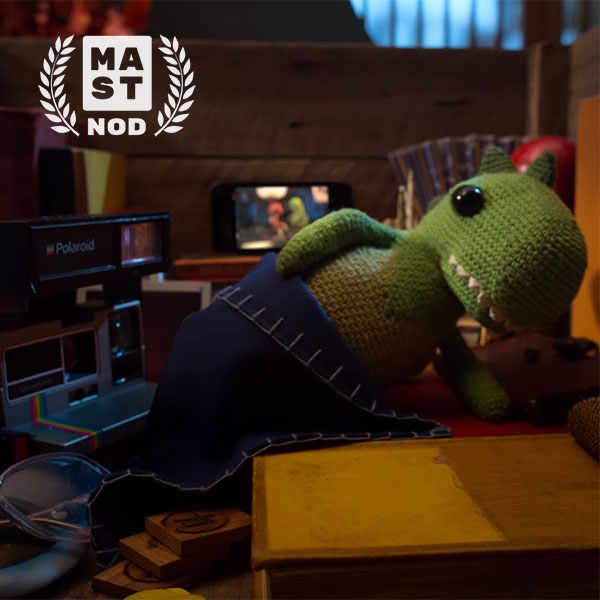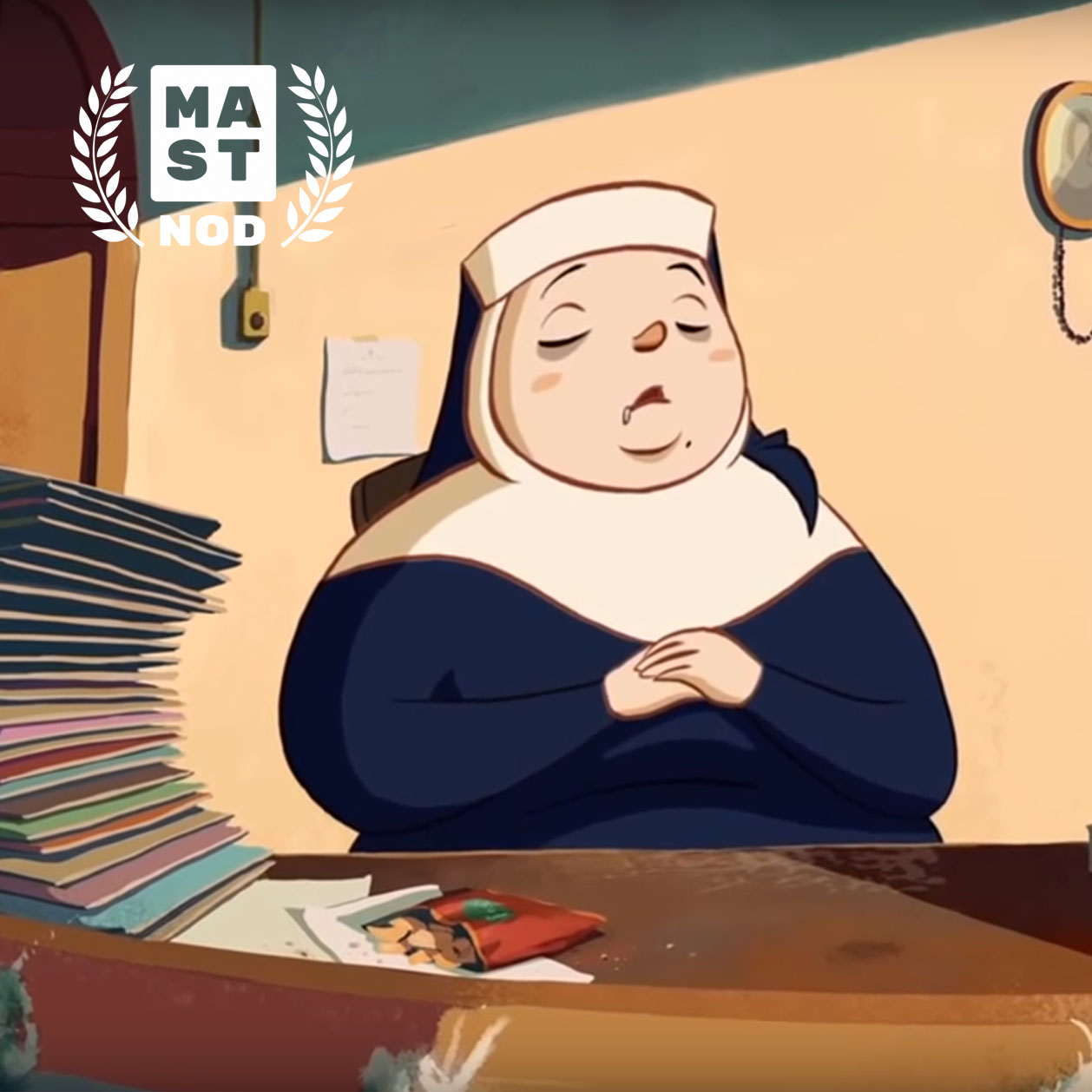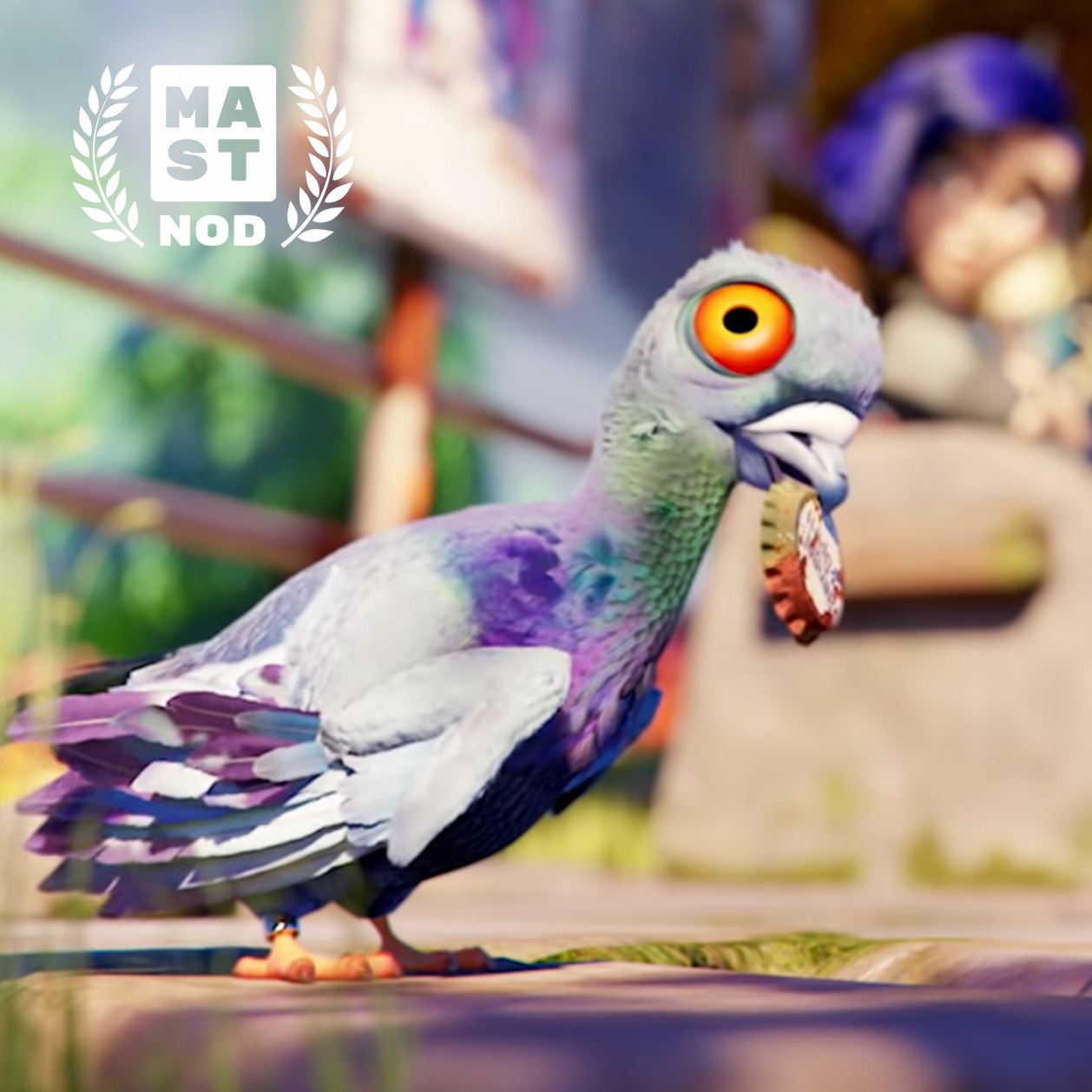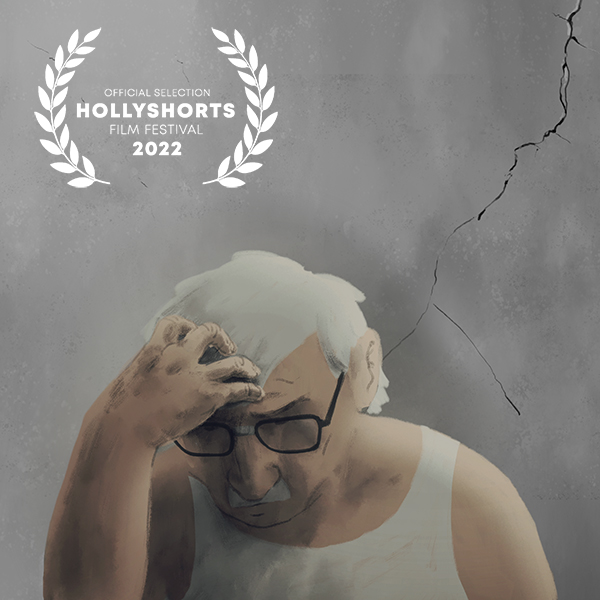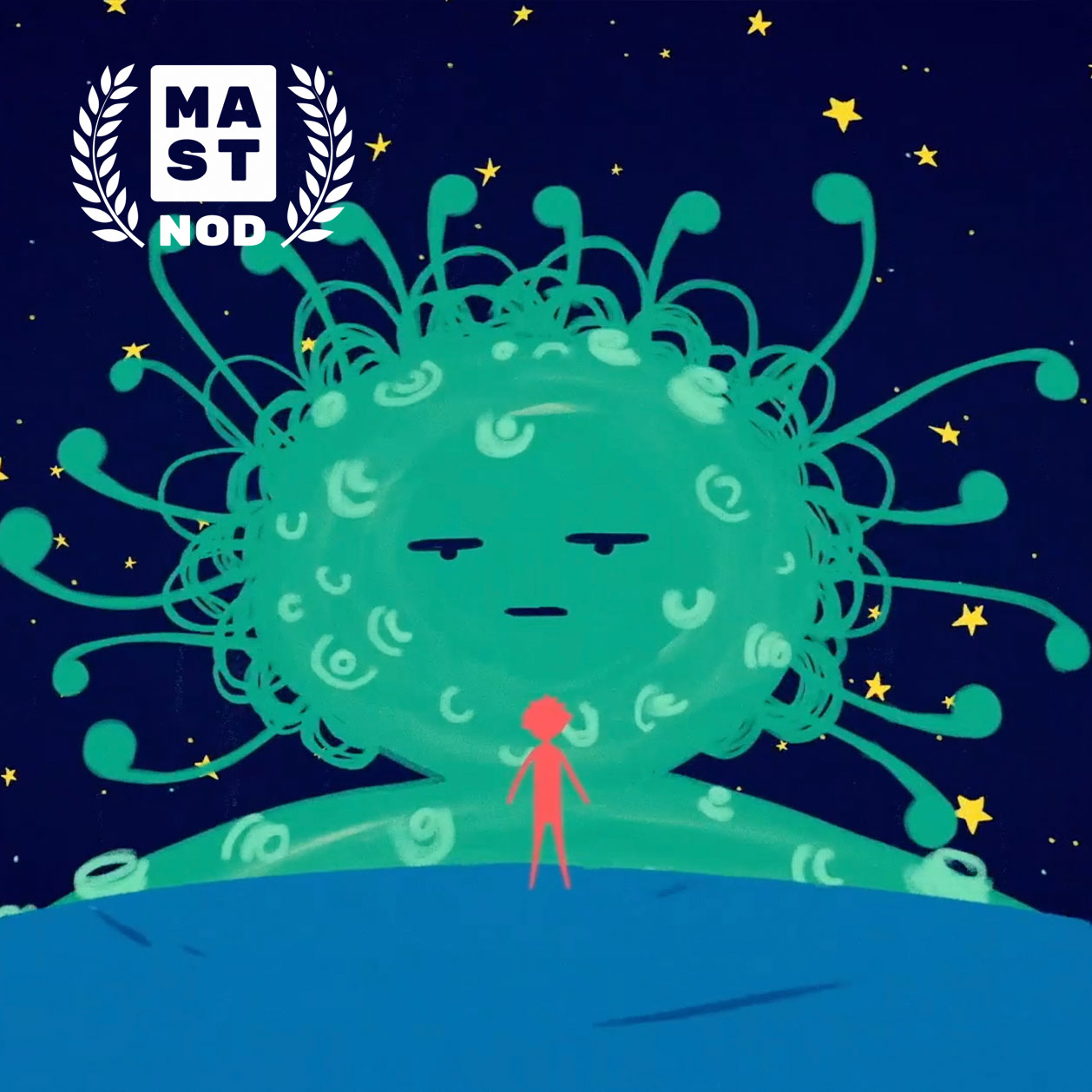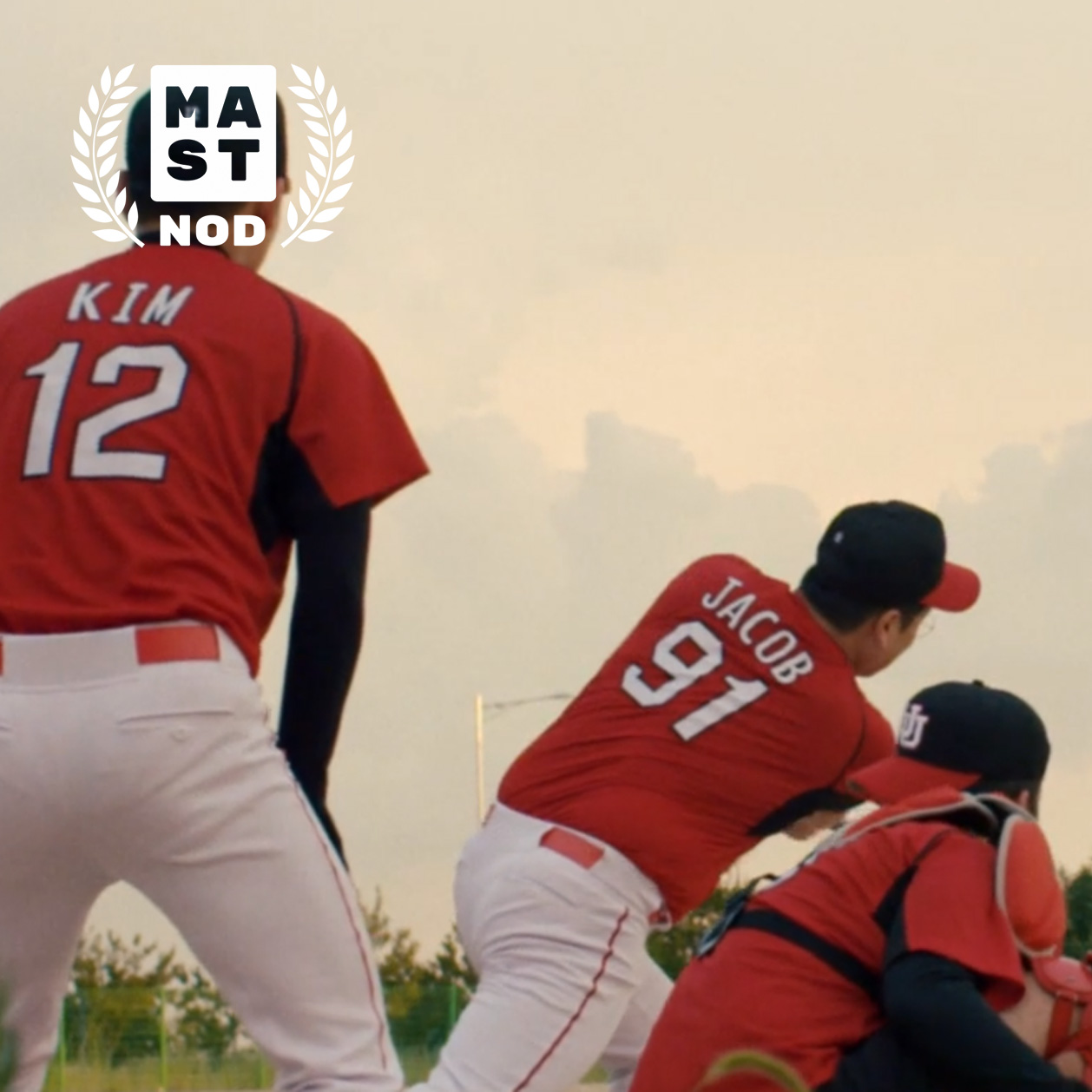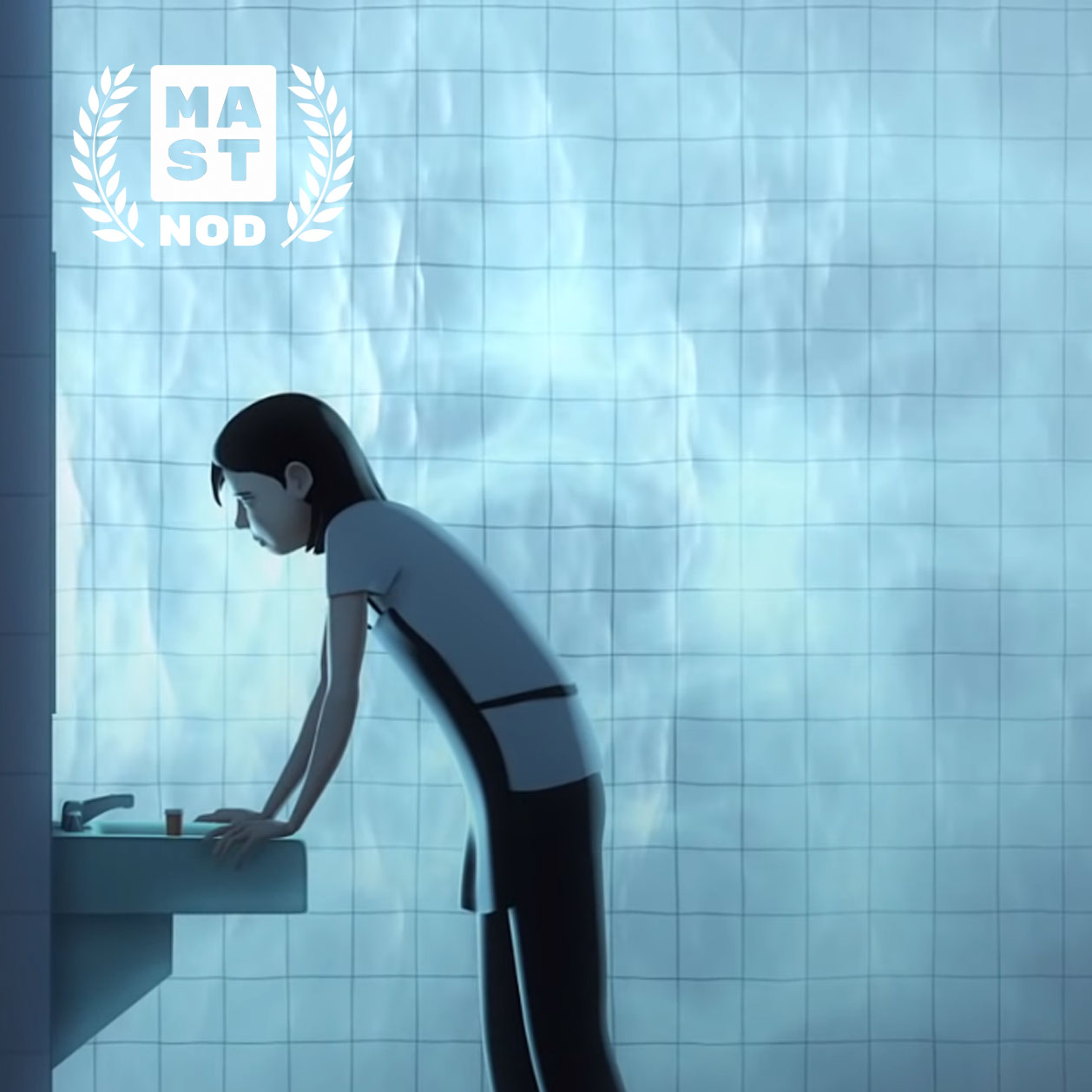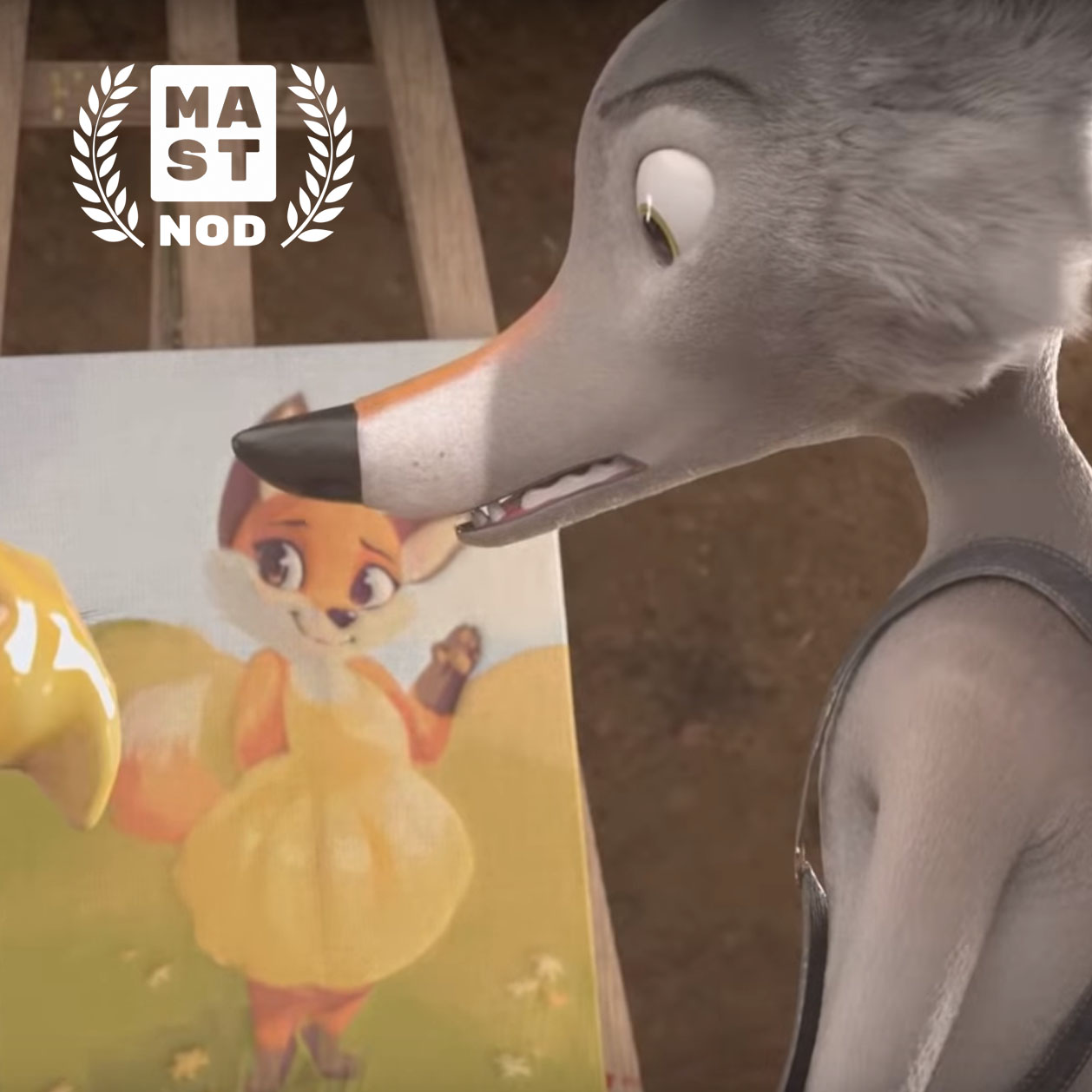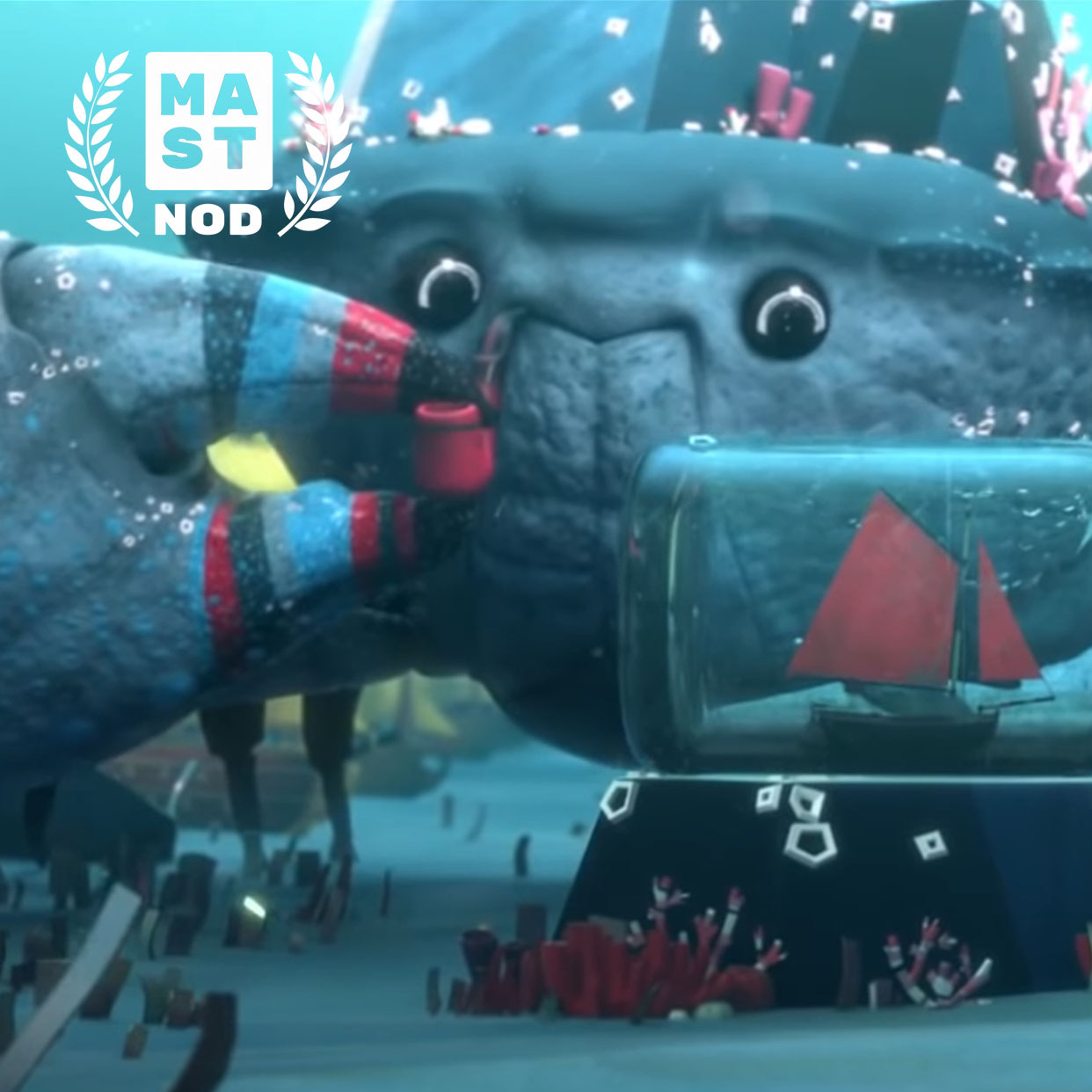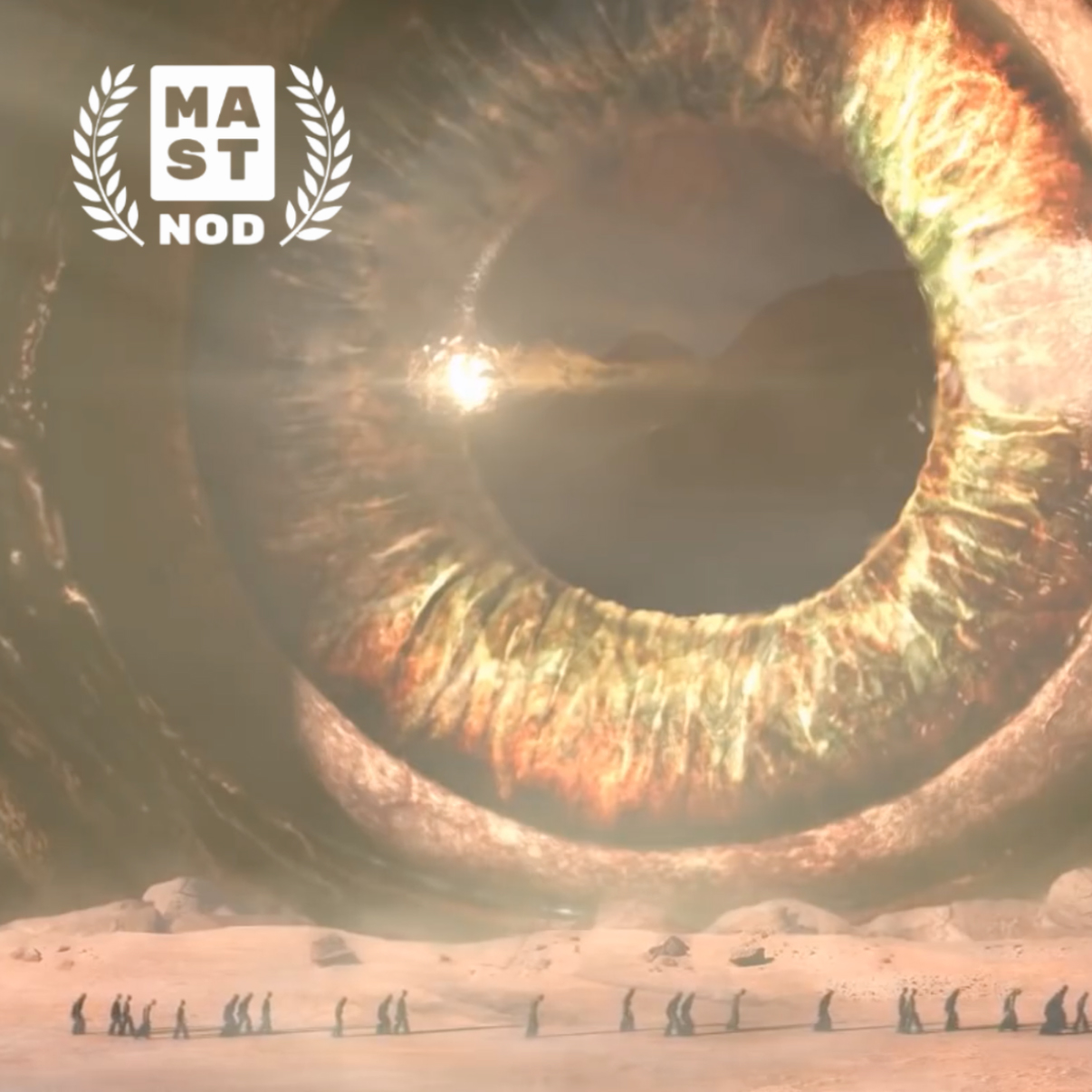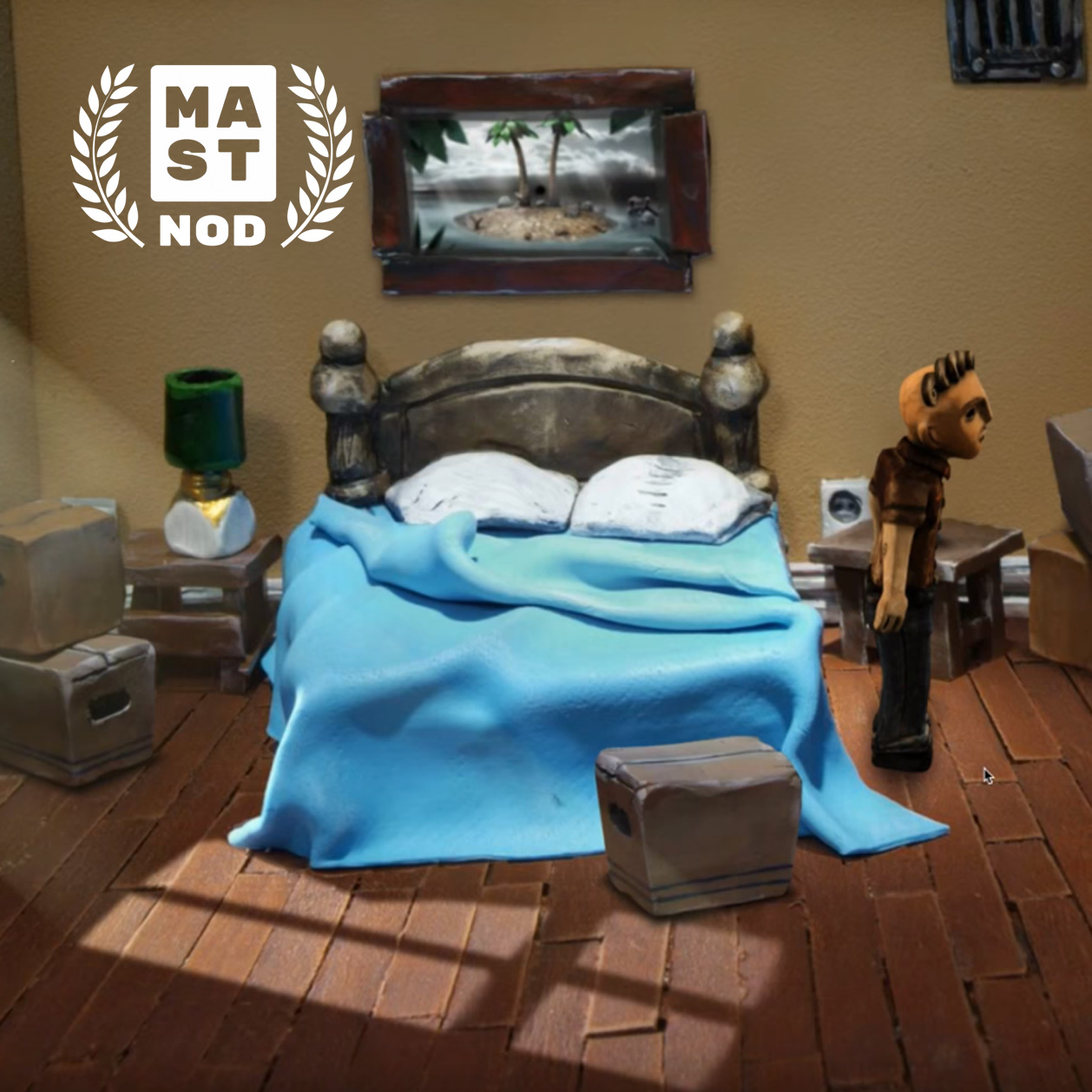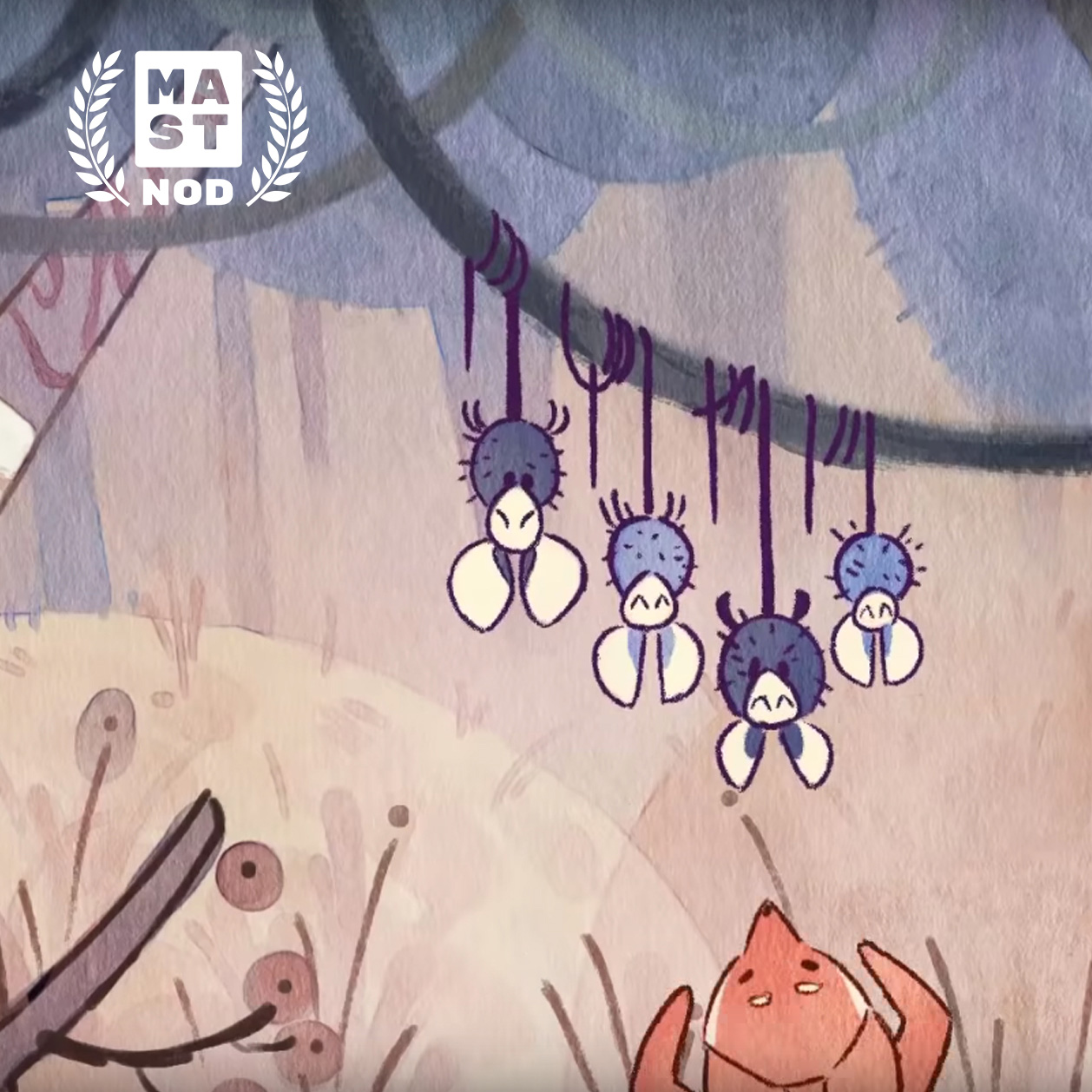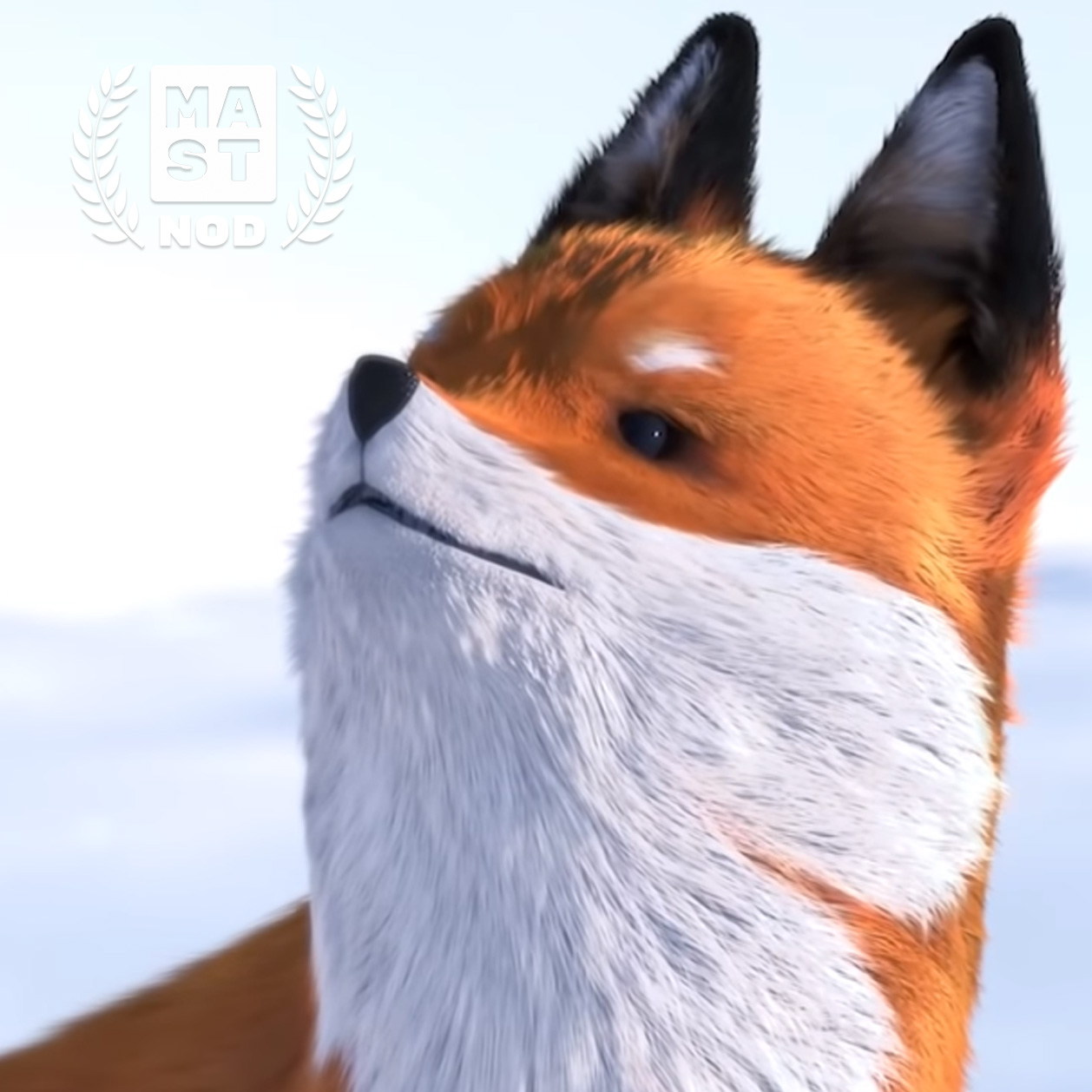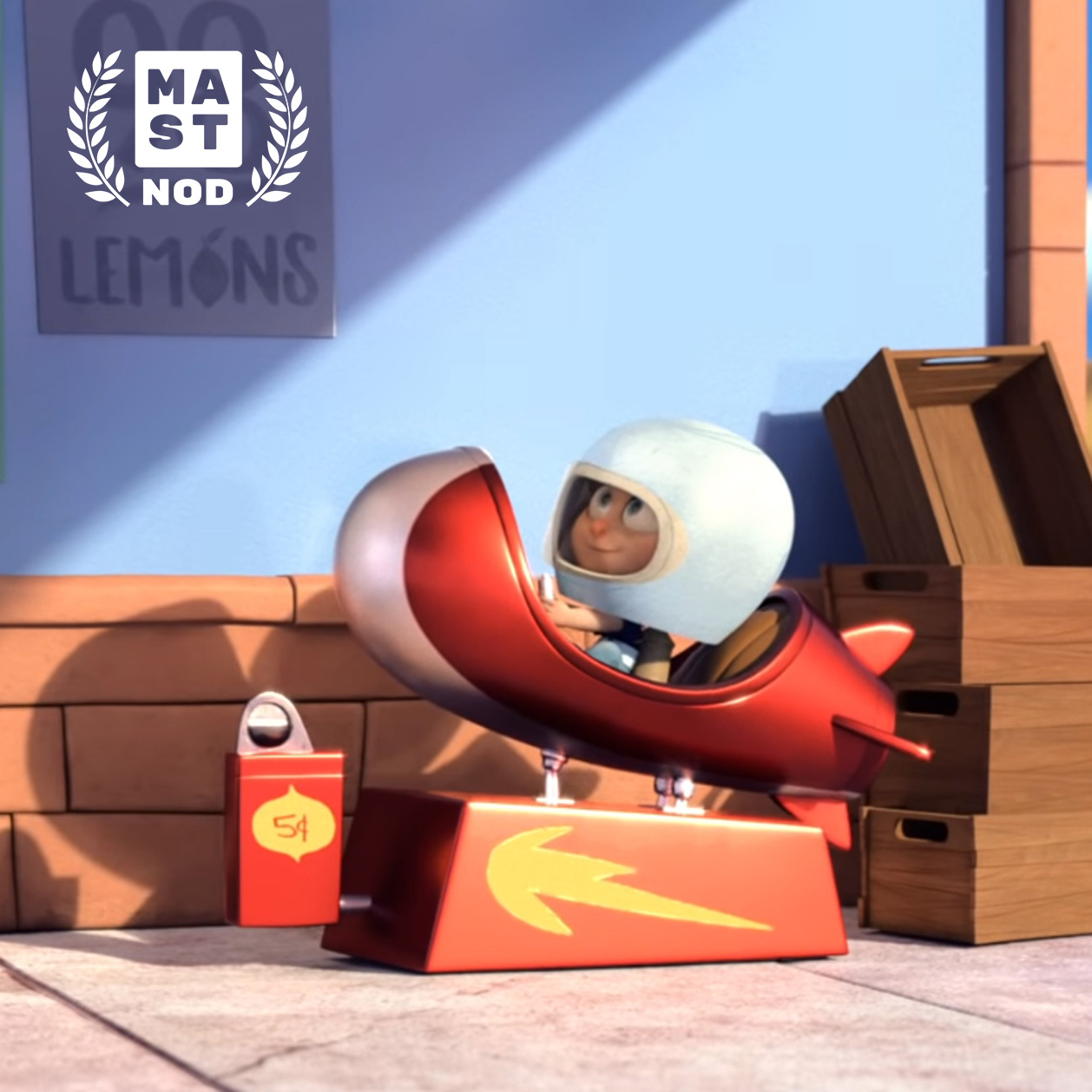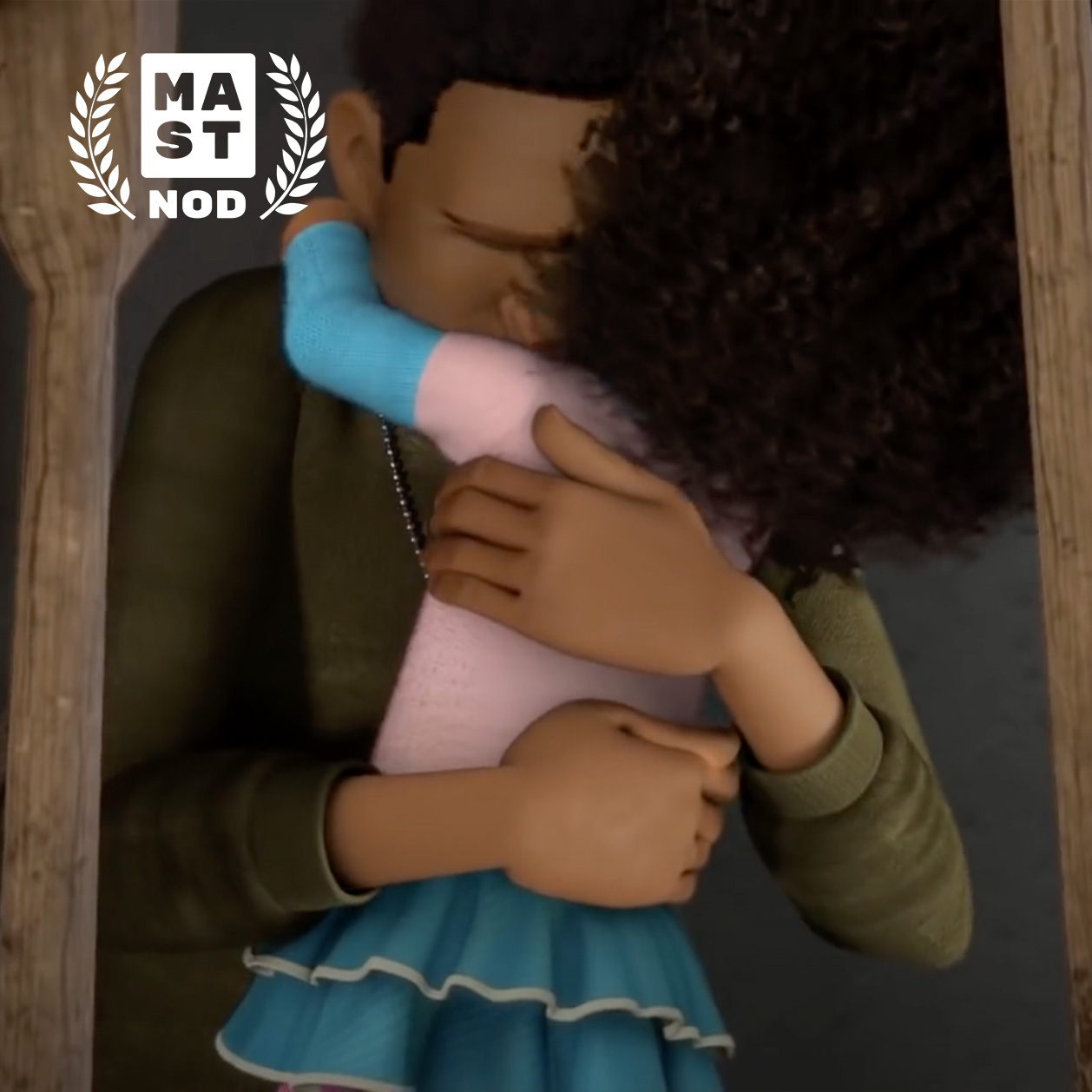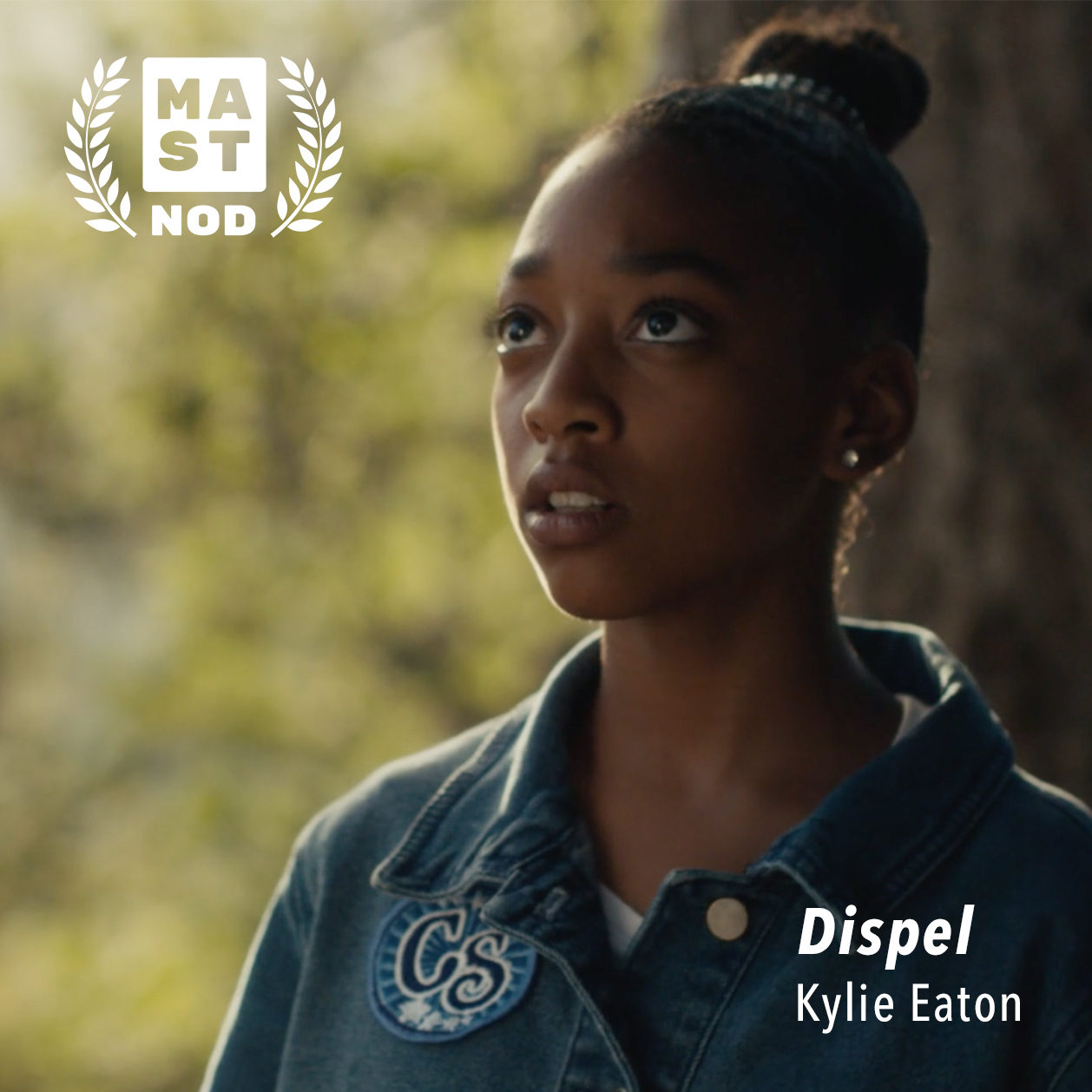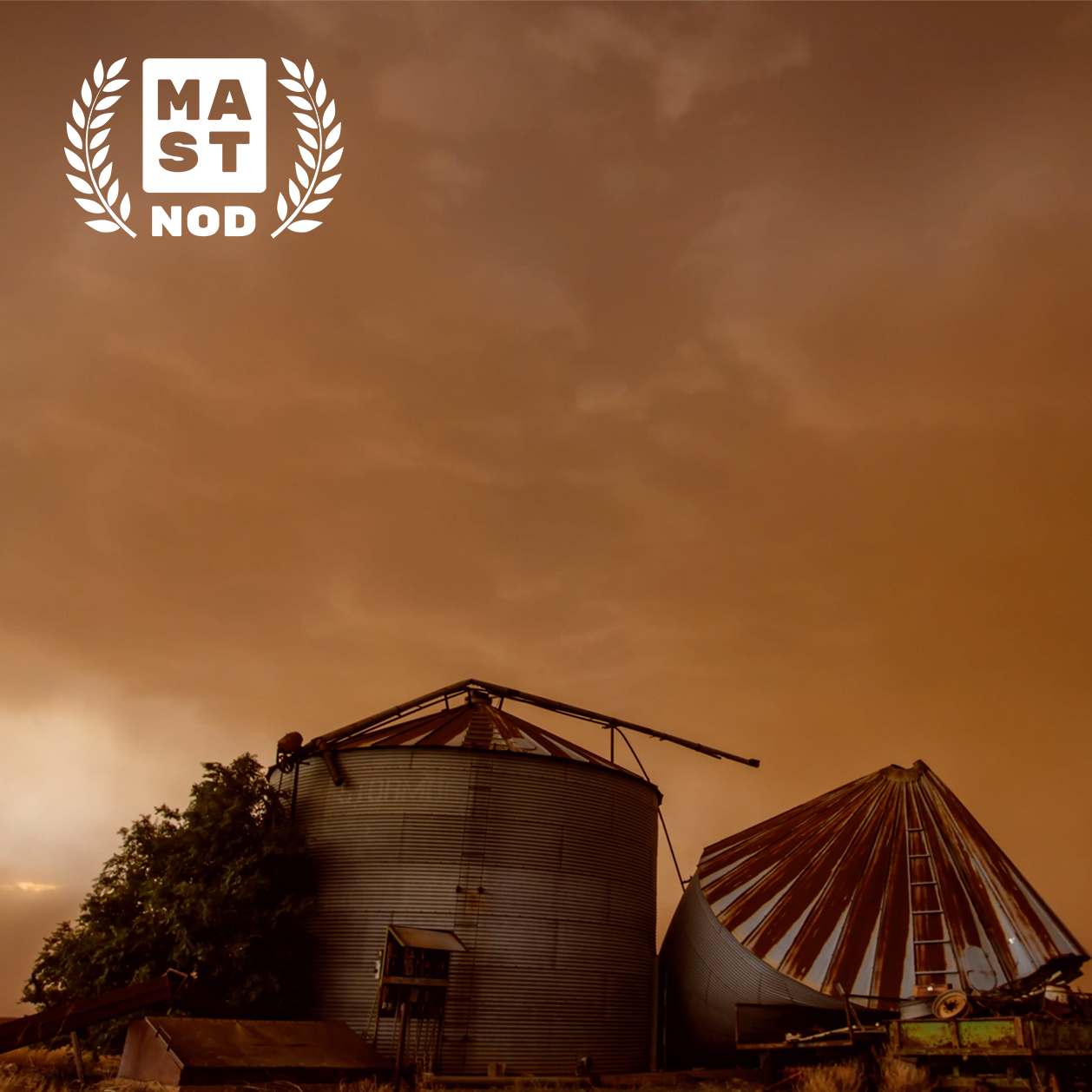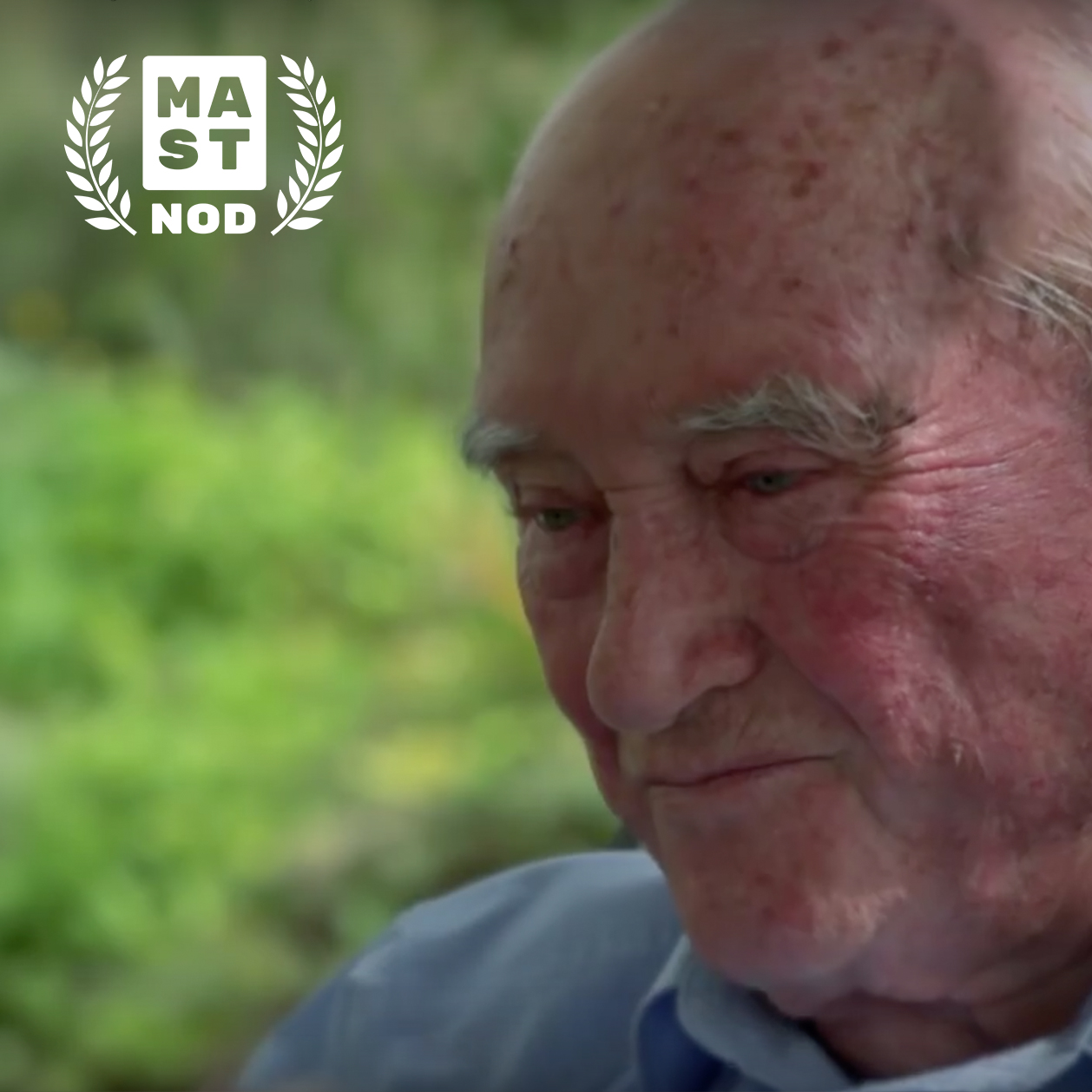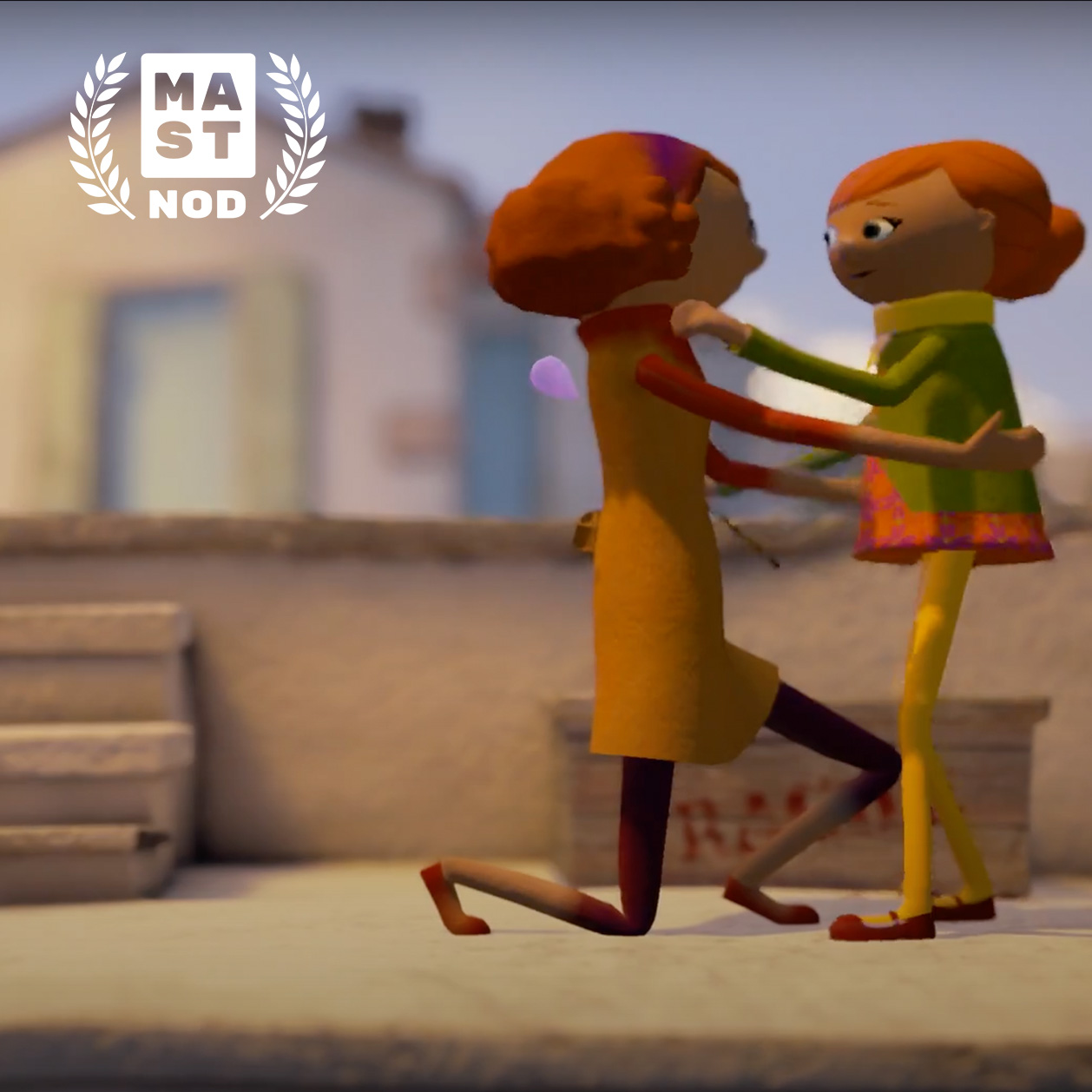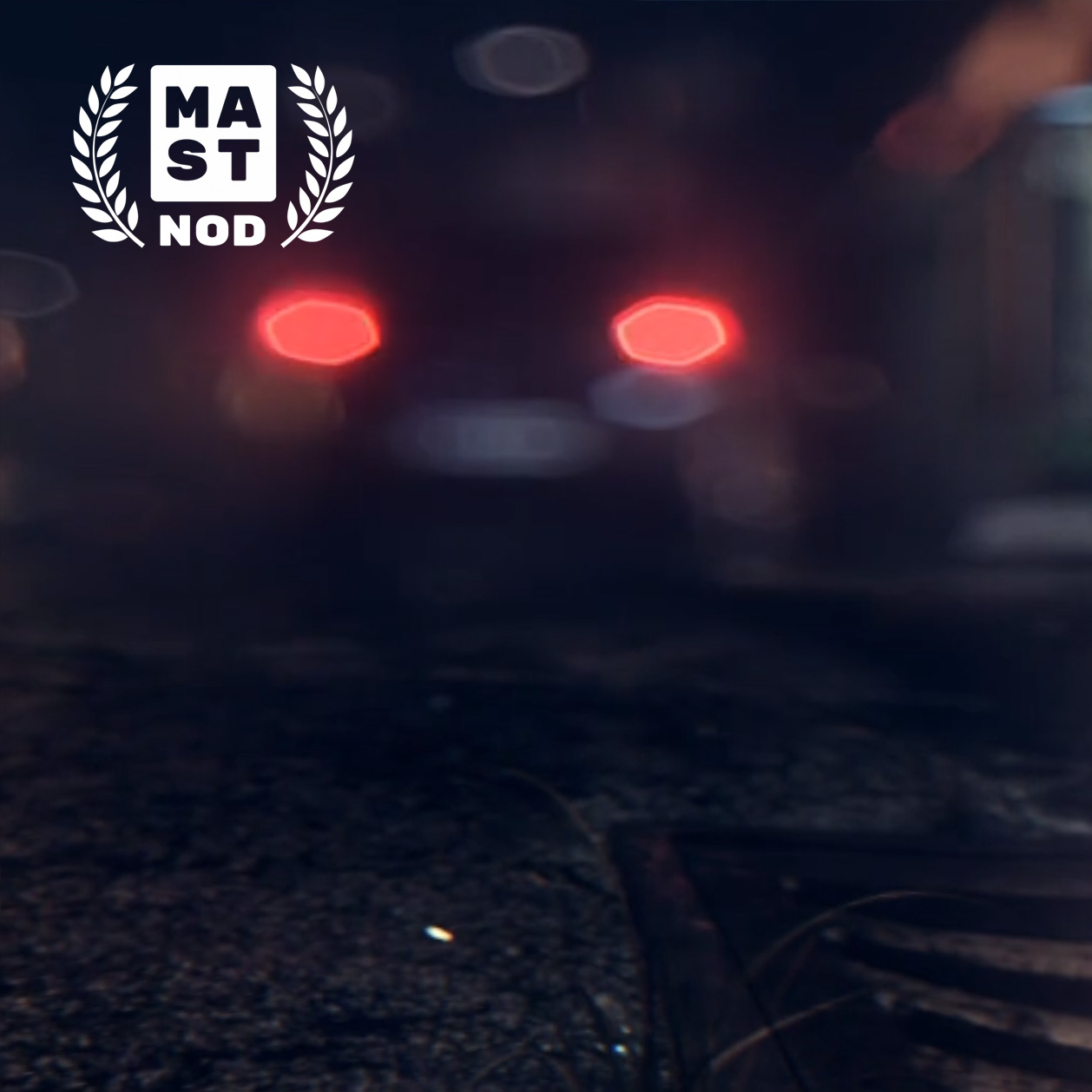A MAST nod to Sabrina Cotugno's animated short, Kagemono: The Shadow Folk.
What made you want to get into animation, and who's inspired you the most in the industry?
Sabrina: I've always been interested in storytelling, and since I can draw decently enough, visual storytelling is an appealing option for me. I'm not sure exactly when I first got the idea to go into animation, but I was strongly swayed by the Disney movies of the 90s and followed artists working in animation or in adjacent artistic fields on Deviantart. I'm inspired by a lot of artists in the industry, but my favorite animation director is Mamoru Hosoda, director of the Girl who Leapt Through Time and Summer Wars. I love how he creates fantastical stories anchored by deeply human, relatable characters.
Tell us a little about the tools that you are using, what's your preference? Plugins? Methods?
Sabrina: I try to keep my tools as simple as possible--I use Photoshop with Kyle T. Webster's brushes, Storyboard Pro, and Clip Studio Paint to make comic layouts. I'm honestly not very good at using different tools and plugins--I tend to get into a rut and use the same tools over and over again once I know they work. There are dozens of brushes in Kyle's sets but I only use two or three regularly. If I get bogged down thinking about tools, I can noodle around mindlessly for hours--I'm too impatient for that!
If you could choose to work with any artist (past, present) from the animation business, who would it be and why?
Sabrina: I would love to work with Shiyoon Kim--his character designs are so precise and expressive. When I was interning at Disney feature animation, every week we would see new sketches from Shiyoon for Big Hero Six, and I was blown away by every new drawing.
Is there any advice you can give to an aspiring animation student or artist trying to get into the animation or gaming business?
Sabrina: Make art that YOU care about, and don't feel limited to things that you think studios want to see. Your passion will show through in your work. Study film, both from the classics (lists like the AFI Top 100, other snooty lists you can find) and ones you personally love. Then widen your range of knowledge, both with other types of storytelling (books, plays, podcasts, etc.) and other areas of study (science, history, etc.). Your biggest assets are your ideas, and the more you learn, the more you will be able to apply to your work. Take your time building your portfolio, and prioritize your projects-- if you have the choice between rushing five projects or taking your time on one, choose one.


